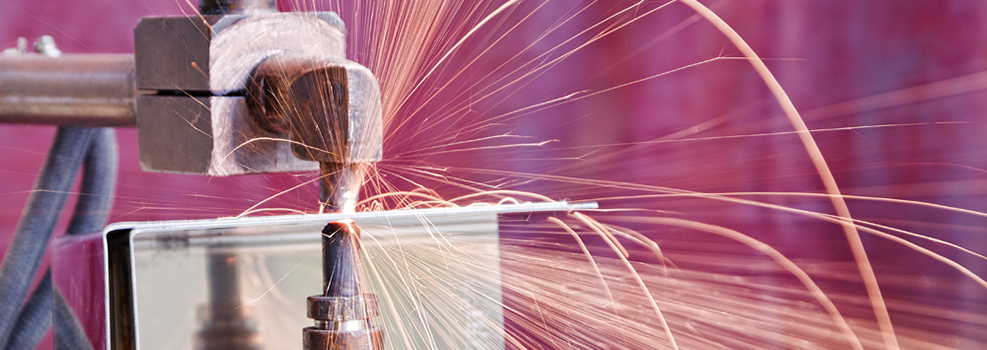
Resistance welding RW
Electric resistance welding (Resistance Welding or RW in AWS terminology) is a welding process in which the heat required to bring the surfaces to be welded to forging or melting temperature is provided by electrical resistance, by passing a current through the area to be joined. The welding is done without filler material. Resistance welding, compared to arc welding, has the advantage of having less severe heat cycles, having a heated zone which is significantly more reduced than that of arc welding. On the other hand, resistance welding can only be performed on limited thicknesses (generally less than 3 mm, although with parameters and electrodes designed in a special way you can reach 6 mm) and requires a specific and very expensive process to provide continuous joints (disk electrodes). By using electric resistance welding, you can achieve both overlapping joints, in which welding is limited to small portions of the overlapping surfaces, as well as butt joints, in which the weld extends along the entire surface contact of the parts. Resistance welding is used on a wide range of applications, on carbon steels, galvanized sheets, stainless steels, aluminum alloys, copper alloys and titanium.
